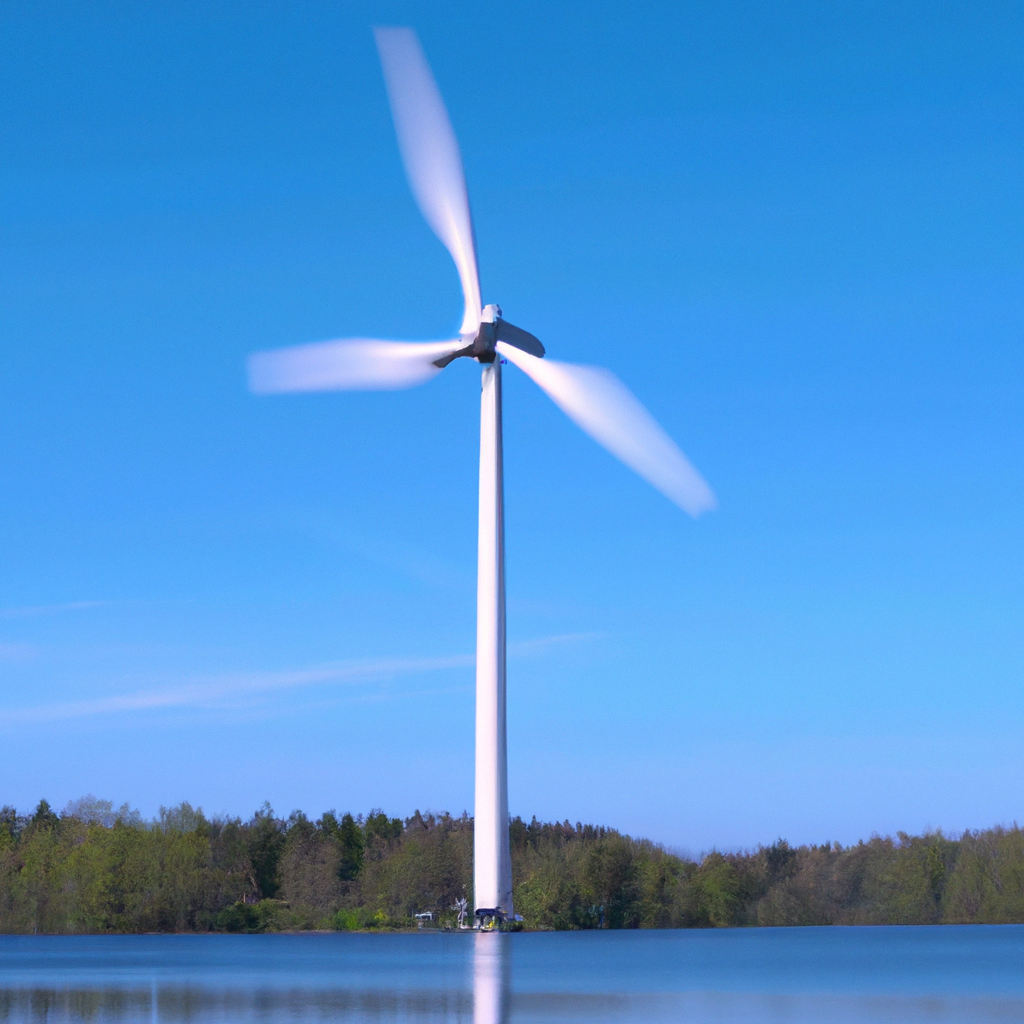A windmill is a machine that uses the power of the wind to generate electricity. It is a type of wind turbine that converts kinetic energy from the wind into electrical energy that can be used to power homes, businesses, and other facilities. Windmills have become increasingly popular as a source of renewable energy, providing clean and sustainable power generation.
How does a windmill generate electricity?
A windmill generates electricity through a series of steps that convert the kinetic energy of the wind into electrical energy. Here’s how it works:
Step 1: Windmill blades capture wind energy
The windmill’s blades are designed to capture the energy from the wind. When the wind blows, it pushes against the blades, causing them to rotate. The blades are shaped like airfoil, similar to airplane wings, which allows them to spin faster as the wind increases.
Step 2: Blades spin the rotor
As the blades turn, they spin a rotor connected to a shaft. The rotor contains magnets that rotate around a set of copper coils, which are fixed in place. This creates a magnetic field that induces an electrical current in the coils, generating electricity.
Step 3: Electricity is sent to a generator
The electrical current produced by the rotor is sent to a generator, which converts it from AC (alternating current) to DC (direct current). The DC current is then sent to an inverter, which converts it back to AC current, making it suitable for use in homes and businesses.
Step 4: Electricity is sent to the grid
The electricity generated by the windmill is sent to the local power grid, where it is distributed to homes and businesses. When the wind is not blowing, or when the windmill is generating more electricity than is needed, the excess electricity can be stored in batteries or sent back to the grid for later use.
Advantages of windmill-generated electricity
Windmill-generated electricity has several advantages over traditional fossil fuel-based power generation:
1. It is renewable: Wind power is a renewable source of energy that does not produce harmful emissions or contribute to global warming.
2. It is clean: Wind power produces no pollution, making it a cleaner source of energy than fossil fuels.
3. It is sustainable: Wind power can be harnessed indefinitely, making it a sustainable source of energy.
4. It is cost-effective: Wind power is becoming increasingly cost-competitive with traditional fossil fuel-based power generation.
5. It creates jobs: The wind power industry creates jobs in manufacturing, installation, and maintenance, helping to stimulate the economy.
Conclusion
Windmill-generated electricity is a clean, renewable, and sustainable source of energy that has become increasingly popular in recent years. By harnessing the power of the wind, windmills can generate electricity that is cost-effective, clean, and reliable. With continued investment in wind power technology, it is likely that wind power will become an increasingly important part of the world’s energy mix in the years to come.







